The Benefits of Using Sustainable Timber in Construction
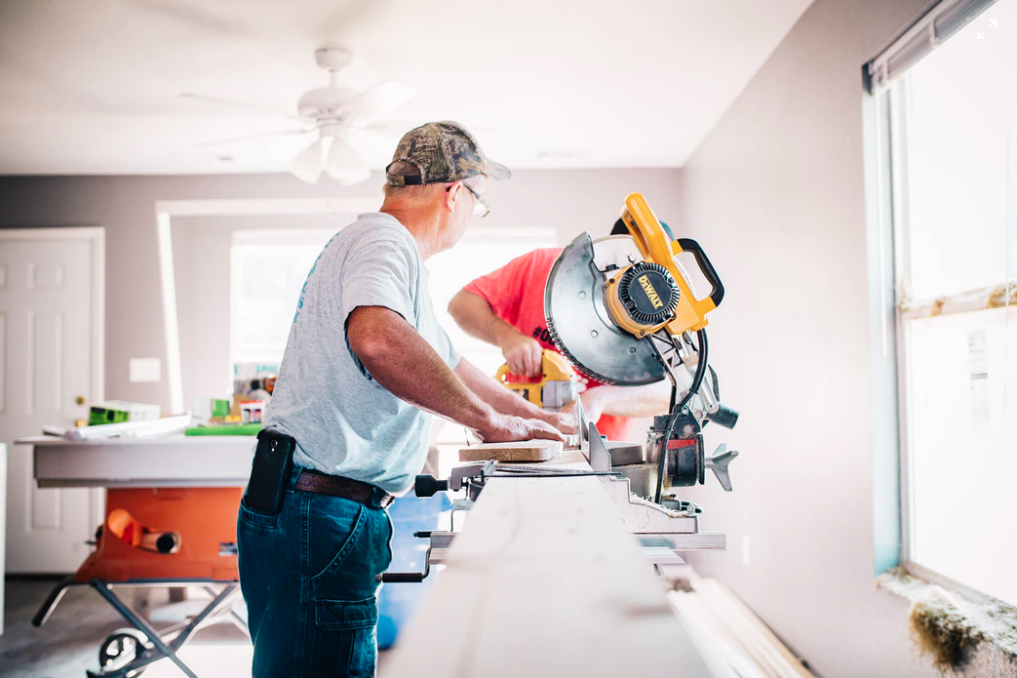
Timber, offers plenty of advantages in construction – keep reading to find out how!
 All Photos By: Unsplash
All Photos By: Unsplash
When it comes to construction projects, there’s not always a right or wrong answer. The architectural plans, the materials used and the overall aesthetic are, to a certain degree, all subject to personal taste. Of course, there are some structures which tend to follow a template – almost all modern city skyscrapers are a combination of steel and glass, for example. But there are many other projects which offer greater scope for variety. The use of timber, for instance, offers plenty of advantages. As with any material, it’s vital that you’re working with the appropriate tools and this guide from SGS can help in that regard, while the end results can be spectacular. As long as you have the right kind of timber for the job, it can be extremely simple to use, while it also offers excellent durability and versatility – not to mention providing a warm, comforting aesthetic and superb insulating properties.
But there is an extra dimension to the benefits of using timber in construction projects, and that is its sustainability. For years, environmentalists have protested against mass deforestation, with 1.3 million square kilometres of forests lost between 1990 and 2016, while it is estimated that 17% of the Amazon has been lost over the last half a century. However, responsible forestry encourages the careful management of the world’s woodland, including the replanting of trees in an attempt to achieve zero net deforestation. This, in turn, can increase the availability of sustainable timber, which offers plenty of benefits. Here are just three of them.
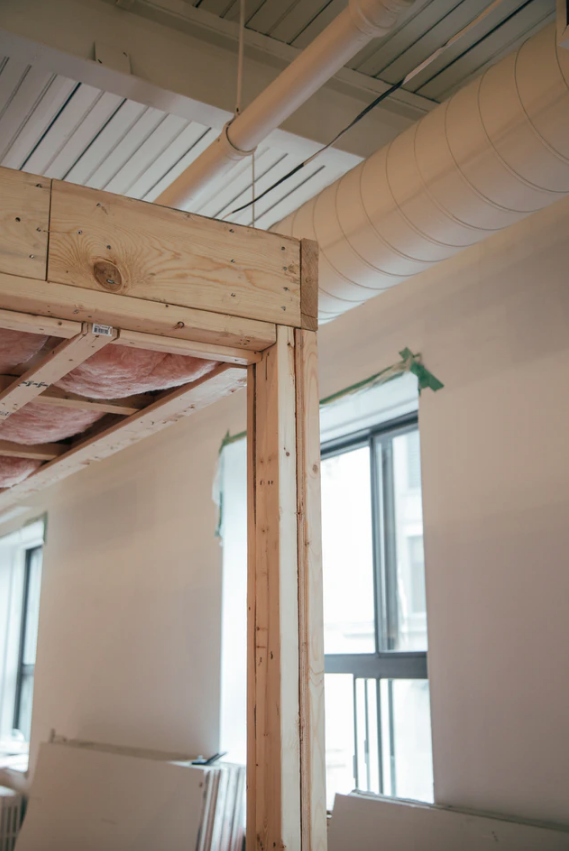
Carbon Capture and Storage
It is estimated that every cubic metre of timber stores approximately one tonne of carbon. Even when a tree is harvested, the carbon remains within and will only be released if the wood is burned or rots down. So, if sustainable forestry is practiced, new trees should be planted to replace those which are logged. These trees will absorb carbon quickly as they grow, effecting a positive impact on the environment.
Low Embodied Energy
This term relates to the total energy spent on all stages of the timber’s journey from logging and processing to production, transportation and finally its use within construction. Because wood needs only minimal processing compared to other building materials like steel or concrete, its embodied energy is greatly reduced and greenhouse gases – such as carbon monoxide and sulphur dioxide – are emitted at a much lower level.
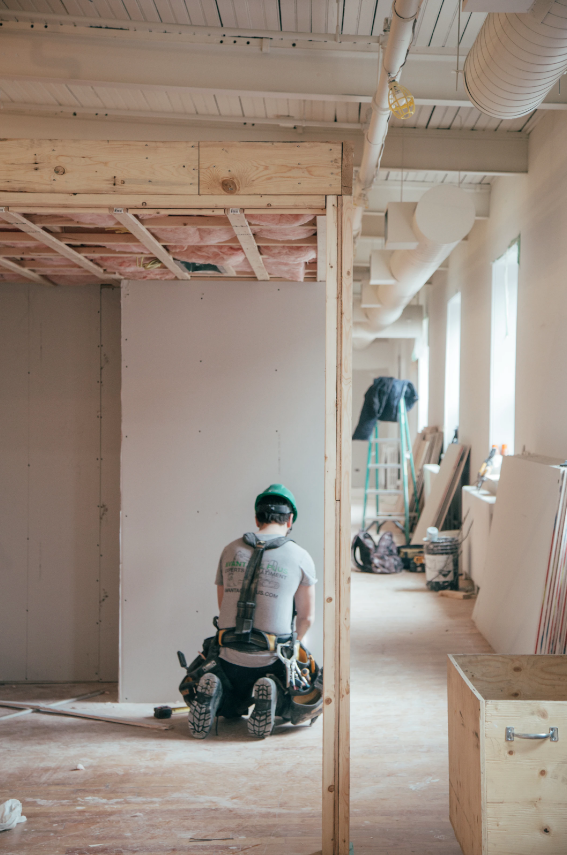
Efficient Use
Of course, not every part of a harvested log is suitable to be processed into large, sawn timber. However, the leftover scraps can still be utilised for other means. For example, chippings can be collected for landscaping projects, sawdust can be used for animal habitats and much of the remaining timber can be used for smaller products such as kindling, fencing or chipboard. This reduction of waste limits the impact on our environment as well as offering a more cost-effective solution.


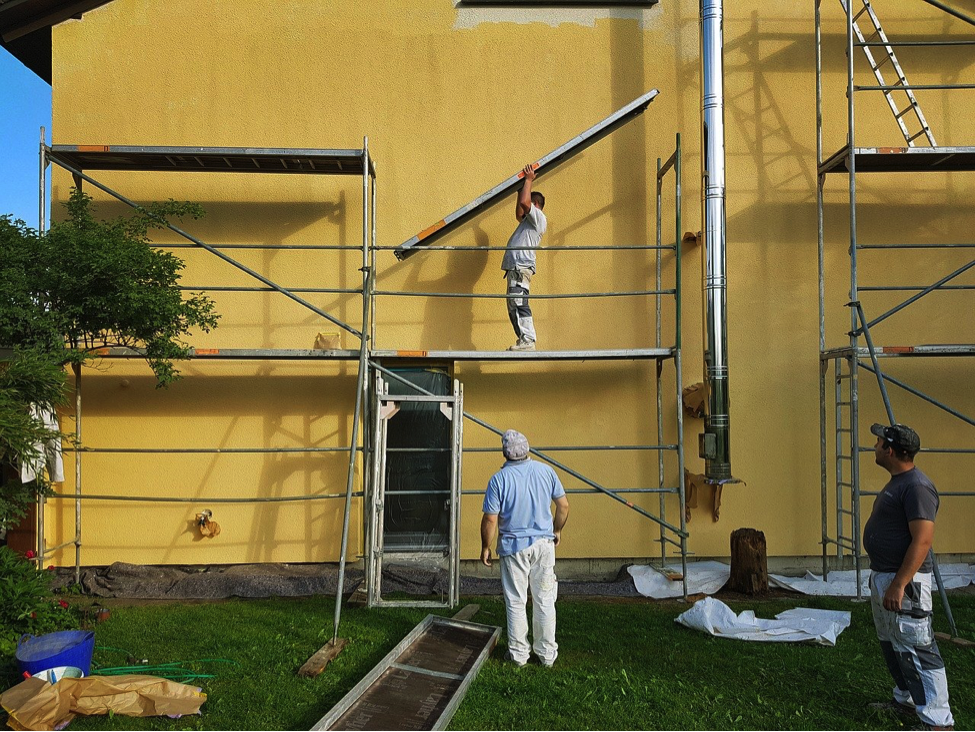

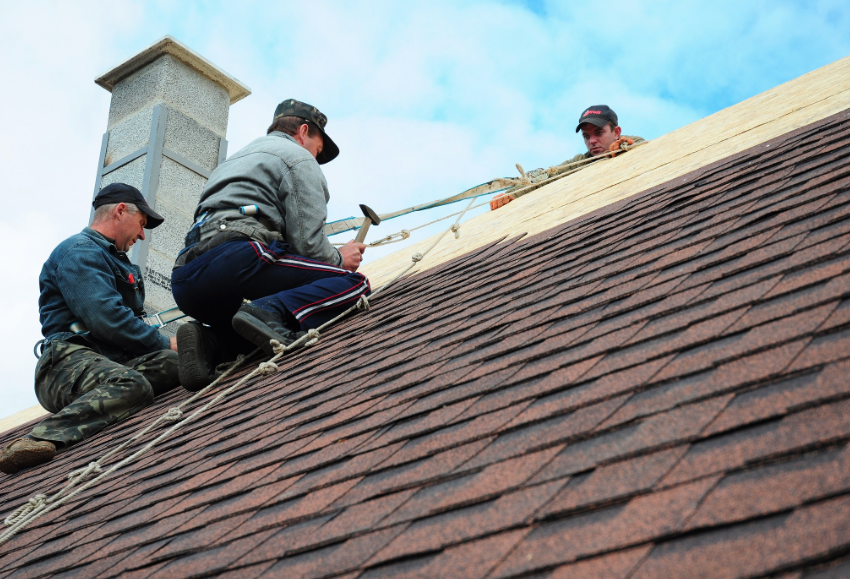


Leave a Comment